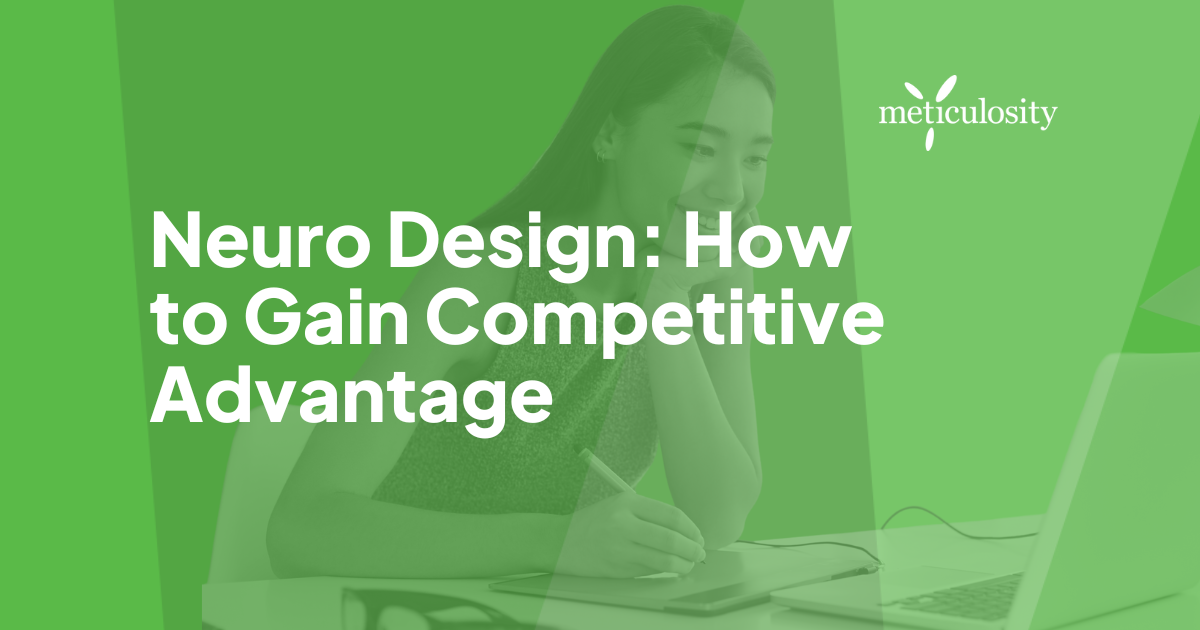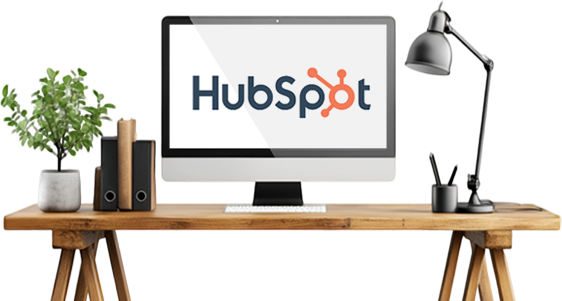Neuro Design is a newer term in marketing, graphic design, and, of course, web design. Its applications, however, have been around longer than many people realize. In fact, many marketers have been practicing neuro design even before the term coined or started gaining popularity.
If this is the first time you’ve encountered the term - your're not alone. Here's a closer look at what it means.
What is a Neuro Design?
Neuro Design leverages insights from psychology and neuroscience that studies a person's response to visual designs. This is a new field of study that's growing in popularity with the marketing community and its impact on advertising.
Using Science of Design to Predict User Experience
Neuro design uses mind science principles to better inform creatives and brand specialists to create compelling designs. It aims to influence a target audiences by predicting their emotional response to site elements like:
- Colors
- Typography
- Spacial layout & organization
Neuro design also answers questions such as:
- Will audiences respond positively or negatively to a specific color?
- How will a color impact click-through & conversion rate? Here's what Google thinks about color.
- Does a photo and subject matter resonate or inspire trust?
- Where is the optimal placement for a Call to action (CTA)?
Graphic designers, especially those who work with marketers in creating packaging designs, are already familiar with this thought process.
The goal is to create visuals that will communicate a company’s brand and image and to “compel” audiences to perform specific actions and stimulate conversions (e.g., fill out a form, click on a link, purchase a product or watch a video).
Neuro Design Book
There's a book written by Darren Bridger titled "NEURO DESIGN" and is available on Amazon. It details the impact of design on big box brands such as P&G, Coca-Cola and Google.
To learn more, check out the Mark Brooks interview of Darren Bridger, the author of Neuro Design released on Feb 28th, 2017.
How to Use Neuro Design for Growth
It's not enough to have a beautifully designed website, but it's a start. You need to think beyond the pixels. So, for a business to scale and grow to their potential, they need to apply neuro design to all aspects of their marketing efforts. That mean's their website, SEO, CTA's, forms, display ads... all of it.
Apply Neuro Design to SEO
It should be no surprise that search engine optimization efforts boil down to making websites rank better in Google - check!
However, for your business really thrive it requires more than just new website traffic. You need to make to most of the website visit by aligning your creative with what resonates best with your target audience and buyer personas.
Apply Neuro Design to Websites
Your website plays an enormous role inside the marketing machine and one that helps organizations achieve their goals. However, it's not as simple as turning it on and making it publicly available.
Your website needs to achieve longer-term goals like managing traffic, being a helpful resource, generating leads, establish brand trust, visibility, authority and boosting revenue. Now that's a tall order!
Website User Experience
Your website design can have a great effect on the overall user experience and contribute to your ranking. A well-designed site can increase the average time spent on-page, increase repeat visits, reduce bounce rates, communicate your value proposition and reinforce your brand mission by telling your brand story.
All these segments will need to operate together in harmony like a finely tuned machine that.
In other words what good is having the website traffic if your brand message or unique selling proposition is weak? Additionally, what good is having the traffic if your website has a poor conversion system? Conversely, what good is it having the most beautiful website if you have no traffic?
Over to you
Whether you work with a marketing agency or in-house staff, you must devise a comprehensive digital marketing strategy that pulls all the pieces together and properly infuses neuro design to your advantage. Without an actionable plan you'll be less effective and we don't want that.


/Imported_Blog_Media/neuro-design-1.jpeg)





